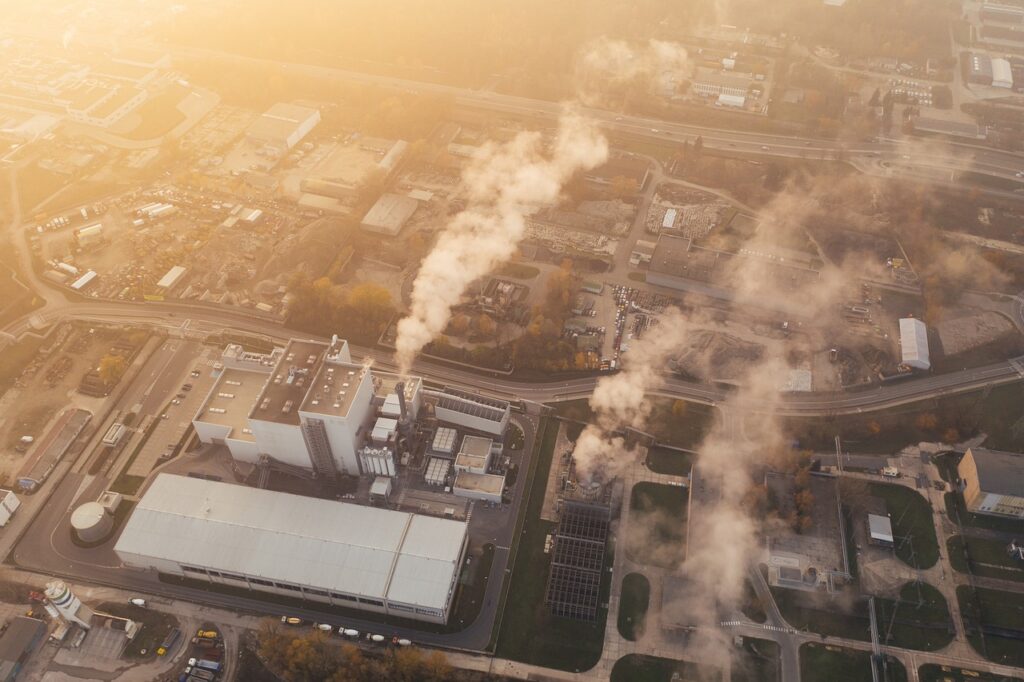Rising Natural Gas Prices and Uncertainty Dominate Europe’s Winter Energy Outlook
Natural gas prices in Europe are climbing, reflecting concerns over supply adequacy and increased demand as the region heads into its third winter since Russia’s invasion of Ukraine.
Despite these concerns, Europe’s natural gas reserves appear well-stocked. Dr. Yousef Alshammari, President of the London College of Energy Economics, told Euronews Business: “Uncertainty about supply continues to dominate markets despite sufficient gas reserves being available.”
As of August, EU gas storage reached 90% capacity well ahead of its deadline and now stands at 95%, exceeding 100 bcm (billion cubic meters). However, the early weeks of November have already seen increased demand for heating and electricity due to lower temperatures, testing storage capacities.
Higher Demand Challenges Storage Levels
Recent cold weather led to significant gas withdrawals, with Europe tapping nearly 4% (4.29 bcm) of its total storage capacity in the first two weeks of November, according to Gas Infrastructure Europe. Dr. Alshammari predicts that by spring 2025, storage levels may drop below 50%, compared to 60% at the end of the last winter. This would necessitate higher gas purchases next year to replenish reserves. Combined with colder weather, prices are expected to remain elevated compared to the milder winter of 2023–2024.
Geopolitical Risks Add to Price Volatility
Geopolitical tensions between the US and Russia remain a key risk factor for energy prices. Dr. Alshammari anticipates potential de-escalation under president-elect Trump but notes that the current US administration’s actions are complicating the situation, contributing to volatility in oil and gas markets.
On November 16, Russia’s Gazprom halted natural gas flows to Austria due to a bilateral dispute, further intensifying uncertainty in Europe. Additionally, a critical contract for Russian gas transit through Ukraine expires on January 1, 2025, potentially cutting half of Russia’s pipeline exports to the EU during peak winter demand.
“Further disruptions in Russian gas supplies could pressure EU storage and drive prices higher,” warned Dr. Alshammari. He also cautioned that insufficient pipeline supplies might force a return to coal and oil for power generation, with broader implications for global energy markets.
Shrinking Russian imports, coupled with higher energy demand, are likely to increase Europe’s reliance on LNG imports, which could further drive up energy prices across the continent. Dr. Alshammari emphasized the need for nuclear energy in Europe’s long-term energy mix to reduce dependence on foreign LNG imports.
The Role of Renewables in Europe’s Energy Demand
While gas demand in Europe has declined—falling from 350 bcm in 2022 to 295 bcm in 2023—renewable energy and efficiency measures are playing a growing role. In the first half of 2024, EU gas consumption dropped 3.2% compared to the same period in 2023, partly due to increased renewable capacity.
Renewables now account for 44.7% of EU electricity production, up 12.4% from 2022, while fossil fuel use has dropped 19.7% to 32.5%. Despite these gains, Dr. Alshammari noted that renewable energy alone cannot shield Europe from energy crises or price spikes.
Countries like Austria, Norway, and Iceland, with abundant hydropower, may experience more stable prices. However, Alshammari emphasized the need for a diversified energy mix and improved efficiency. “Germany’s energy efficiency, the temporary use of coal, and the reactivation of nuclear plants in France were key to navigating past energy crises,” he said. Nuclear energy now accounts for 22.8% of EU electricity production as of 2023.
Strengthening energy efficiency and diversifying resources will be crucial as Europe faces a challenging energy landscape this winter and beyond.
